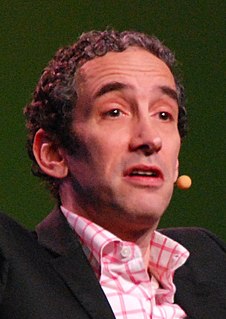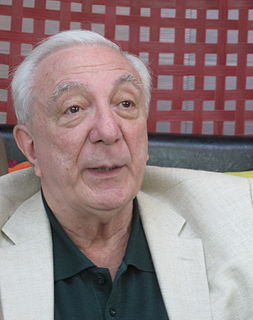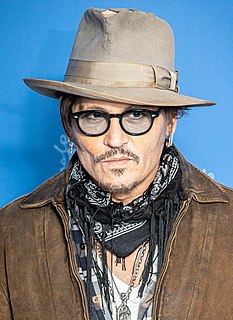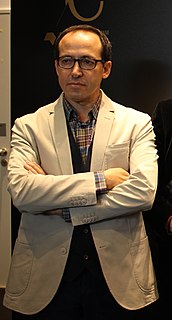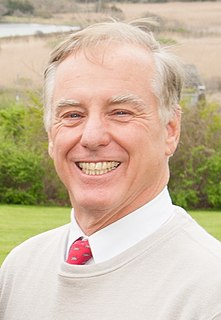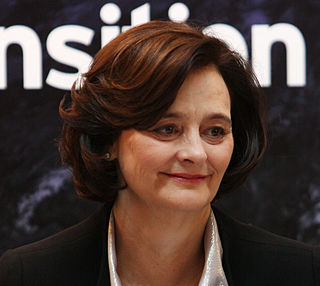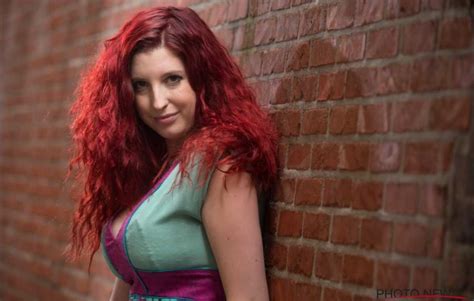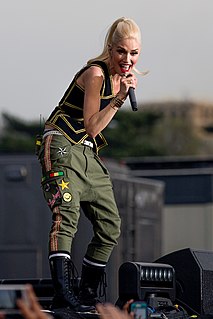A Quote by Lucian Freud
And, since the model he faithfully copies is not going to be hung up next to the picture, since the picture is going to be there on its own, it is of no interest whether it is an accurate copy of the model.
Related Quotes
We each create a story - a narritive, a picture, an allegory, a model - for what's going on in the universe. And then we fight - sometimes to the death - to make others believe in that model, or to be able to keep believing in it ourselves. In other words, we try to erase contradictory evidence to that model.
There's always a time in any series of work where you get to a certain point and your work is going steadily and each picture is better than the next, and then you sort of level off and that's when you realize that it's not that each picture is better then the next, it's that each picture up's the ante. And that every time you take one good picture, the next one has got to be better.

